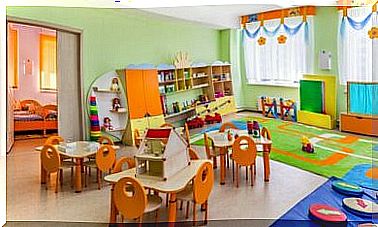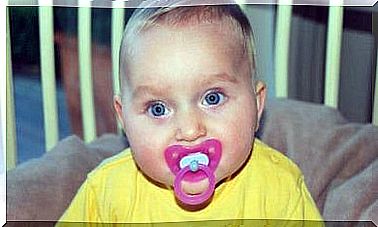Autism Spectrum Disorder: 5 Myths You Should Know About

Today, approximately 1% of the world’s population is diagnosed with autism spectrum disorder. We tell you about five myths you should know about.
Although this type of disorder has been thoroughly studied, there is still a long way to go to understand it and to eliminate the myths surrounding it.
There are many myths about autism, which is why it is so important to have access to accurate information as well as to prevent and treat all the different cases.
In this article, we are going to take a closer look at some common misconceptions surrounding autism.
What is Autism Spectrum Disorder?
Autism is a neurodevelopmental disorder. It is a multifactorial condition in which neurological and environmental factors play a role. These factors are part of a group of conditions that we know as autism spectrum disorder.
When we talk about autism or autistic individuals, we are talking about a whole set of similar conditions, which manifest themselves in different ways and to some degree in each person.
Autism spectrum disorder gives us a better understanding of the different characteristics of a number of autistic individuals.
To better understand the disorder , it is important to know that the brain development of someone with autism spectrum disorder is different from the normal development, which means that the way it works and processes information is also different.
In autism-related disorders , people usually have difficulty communicating and being social. It is also common for them to experience changes during the process of sensory stimuli.
Myths about autism
Despite the results of the studies on autism spectrum disorder in the last decade, there is still a lot of misinformation around it.

There are common misconceptions associated with autistic individuals that are not correct. These are the most famous myths about autism spectrum disorder:
1. People with autism spectrum disorder are unable to feel or show care
This is one of the most common myths that exists. For a long time, movies, television and other media have built up this stereotypical image of autism.
In fact , people with autism are able to express their feelings and they are able to show care. All children and adults with autism are able to smile, cry, get angry and show love. What may be different and atypical is their way of showing or communicating these feelings.
2. Autistic people cannot communicate
Another misconception is that people with autism do not speak or communicate. This does not fit at all.
Although they have certain difficulties, they can improve their verbal skills with proper speech and language therapy.
In cases where children do not speak , there are temporary communication options, such as sign language, that can help them express themselves. The important thing is that they do not isolate themselves more and more with time.
3. One cannot be healed
With all the ongoing research, it is becoming more and more possible to recover from autism disorders.
Through proper stimulation, with the help of goals and by being in an appropriate environment, children with autism can develop in a way that we did not think was possible years ago.
We must also emphasize the importance of the world being aware of this suffering. It is primarily about giving people the correct information and supporting the parents.
4. All autistic children have learning difficulties
Autism spectrum disorders manifest themselves in different ways in each individual and therefore the symptoms can really vary.
While some people have severe learning disabilities, there are others who are incredibly smart. There are no specific rules regarding this.

5. Children with autism spectrum disorder cannot attend mainstream primary school
In fact, it is incredibly beneficial for children with autism to be a part of regular school activities.
When choosing a school, it should not depend on a diagnosis, but instead on the individual needs of the child.
The inclusion of autistic individuals in normal schools is strongly recommended in many cases, and this is of course an option.
As you can see, it is necessary to be well informed about autism and we should also learn how people with autism communicate. The ultimate goal is to help them become part of society.









